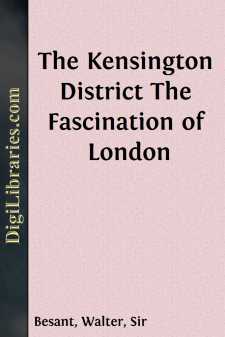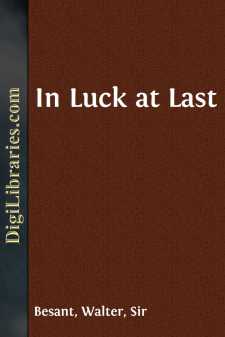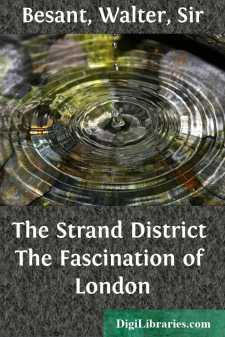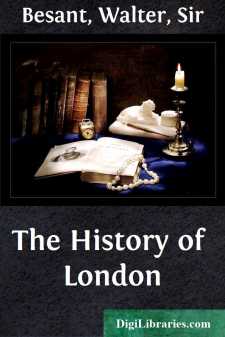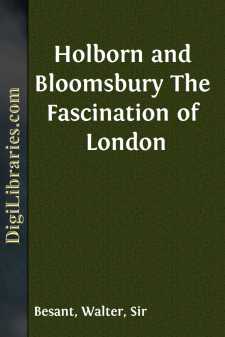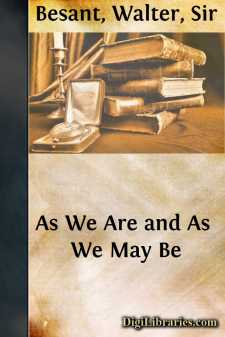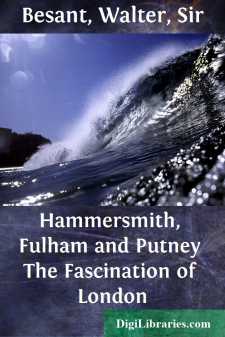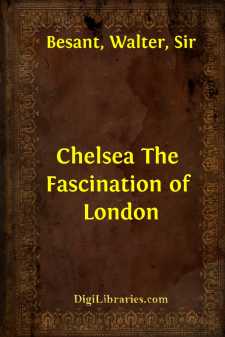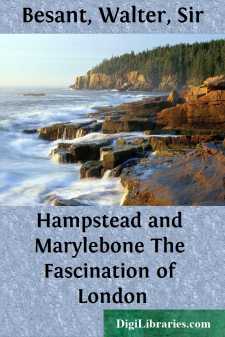Categories
- Antiques & Collectibles 13
- Architecture 36
- Art 48
- Bibles 22
- Biography & Autobiography 813
- Body, Mind & Spirit 142
- Business & Economics 28
- Children's Books 17
- Children's Fiction 14
- Computers 4
- Cooking 94
- Crafts & Hobbies 4
- Drama 346
- Education 46
- Family & Relationships 57
- Fiction 11829
- Games 19
- Gardening 17
- Health & Fitness 34
- History 1377
- House & Home 1
- Humor 147
- Juvenile Fiction 1873
- Juvenile Nonfiction 202
- Language Arts & Disciplines 88
- Law 16
- Literary Collections 686
- Literary Criticism 179
- Mathematics 13
- Medical 41
- Music 40
- Nature 179
- Non-Classifiable 1768
- Performing Arts 7
- Periodicals 1453
- Philosophy 64
- Photography 2
- Poetry 896
- Political Science 203
- Psychology 42
- Reference 154
- Religion 513
- Science 126
- Self-Help 84
- Social Science 81
- Sports & Recreation 34
- Study Aids 3
- Technology & Engineering 59
- Transportation 23
- Travel 463
- True Crime 29
The Kensington District The Fascination of London
by: Walter Besant
Description:
Excerpt
KENSINGTON
When people speak of Kensington they generally mean a very small area lying north and south of the High Street; to this some might add South Kensington, the district bordering on the Cromwell and Brompton Roads, and possibly a few would remember to mention West Kensington as a far-away place, where there is an entrance to the Earl's Court Exhibition. But Kensington as a borough is both more and less than the above. It does not include all West Kensington, nor even the whole of Kensington Gardens, but it stretches up to Kensal Green on the north, taking in the cemetery, which is its extreme northerly limit.
If we draw a somewhat wavering line from the west side of the cemetery, leaving outside the Roman Catholic cemetery, and continue from here to Uxbridge Road Station, thence to Addison Road Station, and thence again through West Brompton to Chelsea Station, we shall have traced roughly the western boundary of the borough. It covers an immense area, and it begins and ends in a cemetery, for at the south-western corner is the West London, locally known as the Brompton, Cemetery. In shape the borough is strikingly like a man's leg and foot in a top-boot. The western line already traced is the back of the leg, the Brompton Cemetery is the heel, the sole extends from here up Fulham Road and Walton Street, and ends at Hooper's Court, west of Sloane Street. This, it is true, makes a very much more pointed toe than is usual in a man's boot, for the line turns back immediately down the Brompton Road. It cuts across the back of Brompton Square and the Oratory, runs along Imperial Institute Road, and up Queen's Gate to Kensington Gore. Thence it goes westward to the Broad Walk, and follows it northward to the Bayswater Road. Thus we leave outside Kensington those essentially Kensington buildings the Imperial Institute and Albert Hall, and nearly all of Kensington Gardens. But we shall not omit an account of these places in our perambulation, which is guided by sense-limits rather than by arbitrary lines.
The part left outside the borough, which is of Kensington, but not in it, has belonged from time immemorial to Westminster (see same series, Westminster, p. 2).
If we continue the boundary-line we find it after the Bayswater Road very irregular, traversing Ossington Street, Chepstow Place, a bit of Westbourne Grove, Ledbury Road, St. Luke's Road, and then curving round on the south side of the canal for some distance before crossing it at Ladbroke Grove, and continuing in the Harrow Road to the western end of the cemetery from whence we started.
The borough is surrounded on the west, south, and east respectively by Hammersmith, Chelsea, and Paddington, and the above boundaries, roughly given as they are, will probably be detailed enough for the purpose.
The heart and core of Kensington is the district gathered around Kensington Square; this is the most redolent of interesting memories, from the days when the maids of honour lived in it to the present time, and in itself has furnished material for many a book. Close by in Young Street lived Thackeray, and the Square figures many times in his works. Further northward the Palace and Gardens are closely associated with the lives of our kings, from William III. onward. Northward above Notting Hill is a very poor district, poor enough to rival many an East-End parish. Associations cluster around Campden and Little Campden Houses, and the still existing Holland House, where gathered many who were notable for ability as well as high birth. To Campden House Queen Anne, then Princess, brought her sickly little son as to a country house at the "Gravel Pits," but the child never lived to inherit the throne. Not far off lived Sir Isaac Newton, the greatest philosopher the world has ever known, who also came to seek health in the fresh air of Kensington.
The southern part of the borough is comparatively new. Within the last sixty years long lines of houses have sprung up, concealing beneath unpromising exteriors, such as only London houses can show, comfort enough and to spare....


